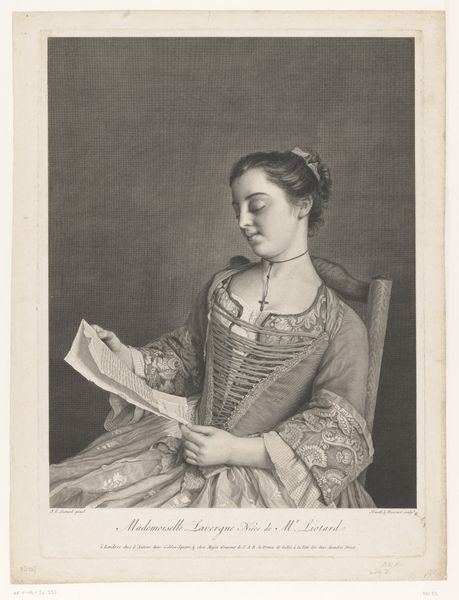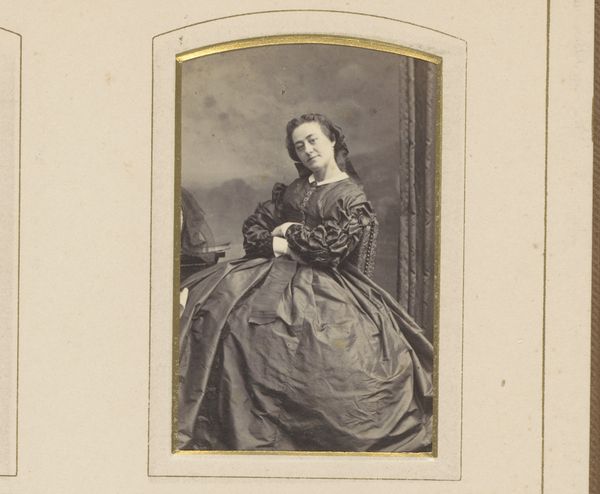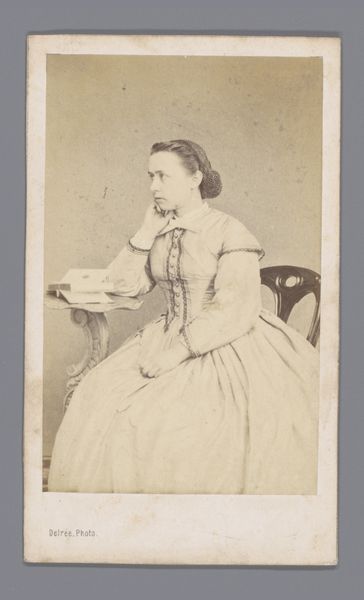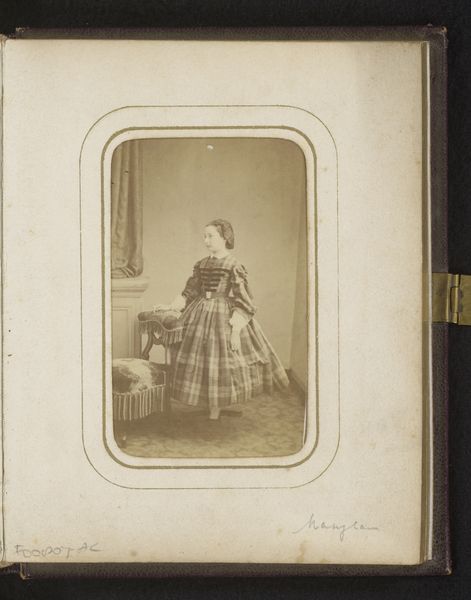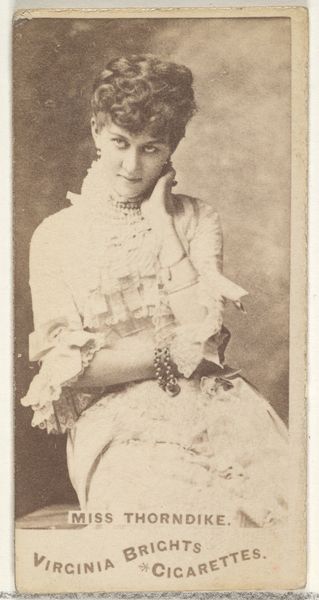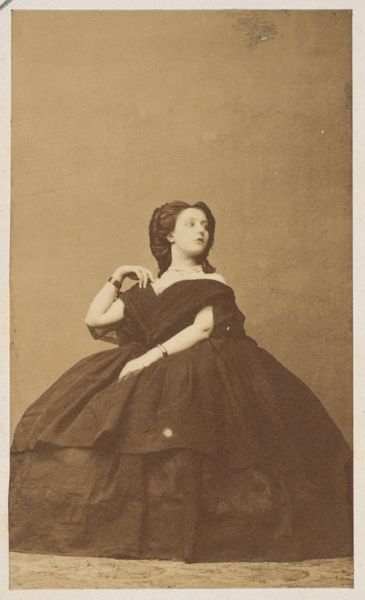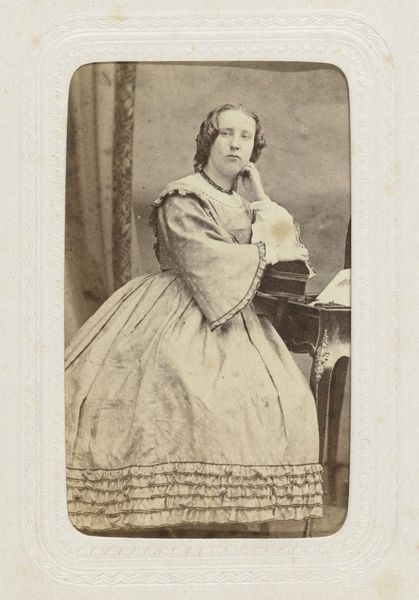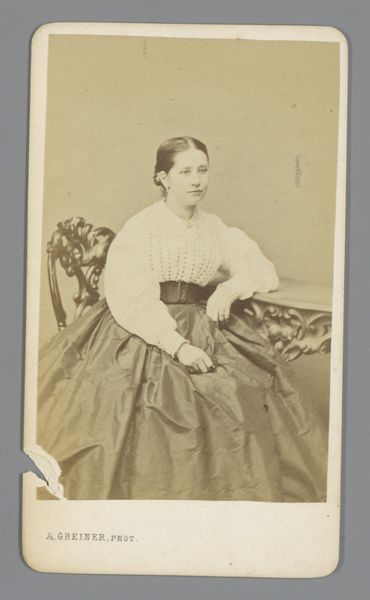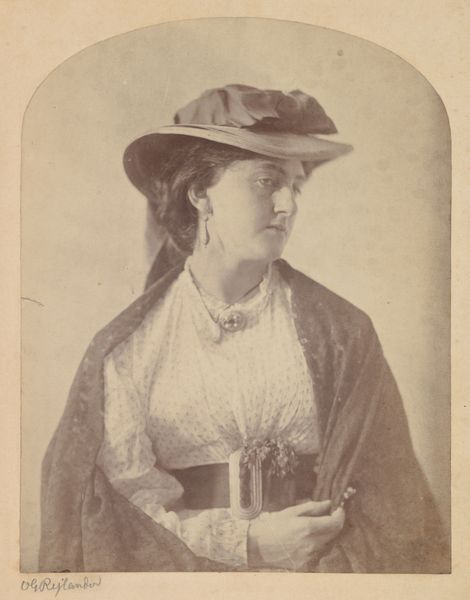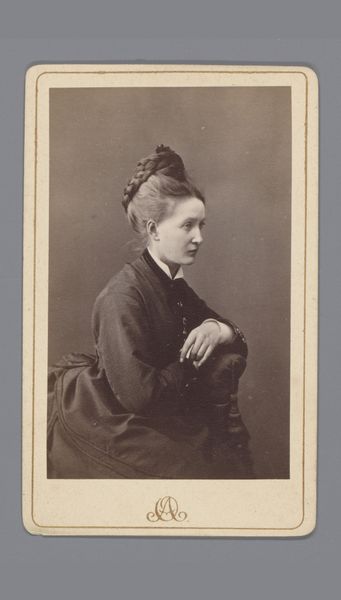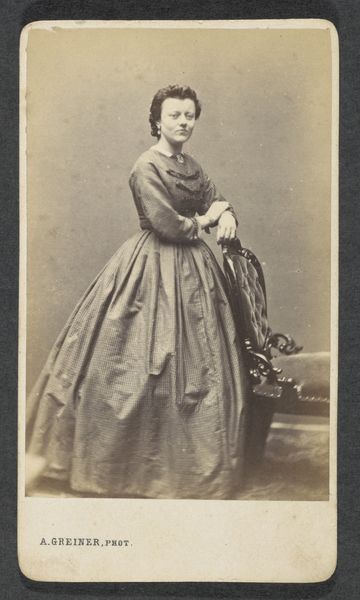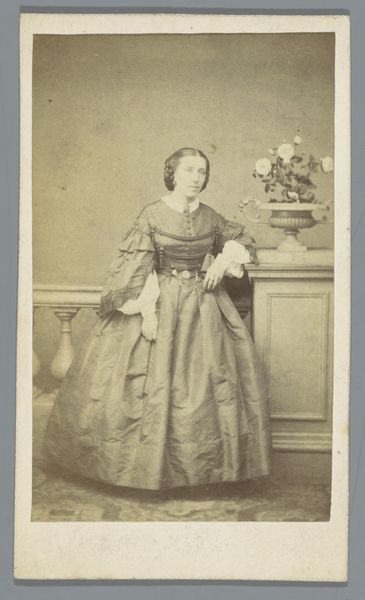
Fotoreproductie van de pasteltekening La liseuse door Jean-Etienne Liotard c. 1880 - 1900
0:00
0:00
Dimensions: height 273 mm, width 217 mm
Copyright: Rijks Museum: Open Domain
Editor: This is a photographic reproduction of Jean-Etienne Liotard's pastel drawing, *La Liseuse*, dating from around 1880 to 1900. There's such a serene feeling about it, and she seems totally absorbed in her reading. How would you interpret the impact of the original artwork through the lens of photographic reproduction during this period? Curator: That’s a fascinating question. Considering this is a *re*production, it prompts us to think about accessibility and the changing role of art in the late 19th century. Photography democratized art viewing to some extent, taking the image out of the exclusive realm of the wealthy collector. This work becomes available for study and appreciation beyond the museum walls, wouldn’t you agree? Editor: Absolutely! But does the translation into a photograph affect our understanding of the *original* pastel? Does the photographic process add another layer of meaning, maybe commenting on the nature of art itself? Curator: It certainly does. The photograph alters the texture and possibly the colour nuances of the original pastel, presenting a different experience. We also have to remember that this photographic copy enters into a market already saturated with images. Does it become just another object of consumption, or does it retain a certain aura because of its connection to a celebrated work of art? Editor: That’s a really interesting tension – the democratisation versus the potential dilution of artistic meaning. It’s also about how we assign value to images in different contexts, right? Curator: Exactly! The reproductive medium becomes a crucial factor in understanding the image’s evolving social and cultural role. Thanks for that thoughtful reading! Editor: Thank you! That helps put the image in perspective as an object of both art and cultural history.
Comments
No comments
Be the first to comment and join the conversation on the ultimate creative platform.
